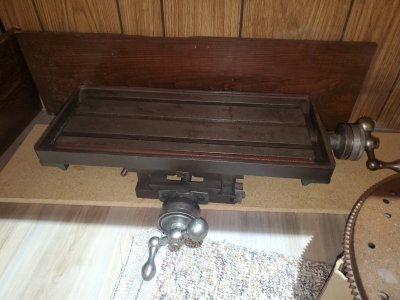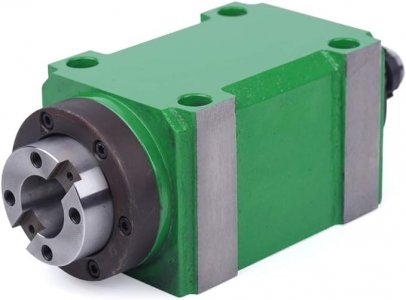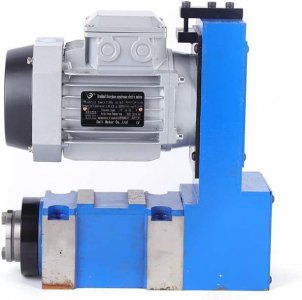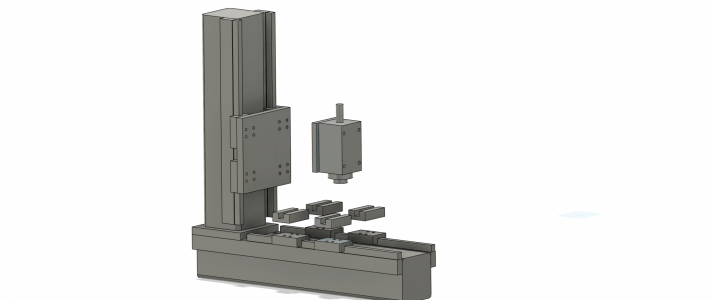- Joined
- Mar 22, 2023
- Messages
- 14
I'm not sure if the right forum for this but I want to create a thread getting peoples input on a mill build I'm working on. I'm very much in the design phase and while I have bought some stuff for the project in is only when there has been an exceptional deal.
Here are my design goals for this build:

Here are some specific questions that I am considering, but I am interested in any and all input!



Anyway thank you to anyone who read this far, looking forward to hear yall's input!
Here are my design goals for this build:
- a robust and quality mill that will meet any demands that a hobbyist like myself might have.
- minimize cost without sacrificing the end result.
- to initially utilize the x,y positioning table (pic below) that I already have but be designed with the assumption it will be upgraded to CNC in the future.

Here are some specific questions that I am considering, but I am interested in any and all input!
- Has anyone had experience with these spindles from Amazon? Are they a decent quality?
- I have a 2hp 220v single phase motor already, I'm trying to decide between using it or purchasing a 3 phase and converter (no 3 phase in the shop).


- What type of ball screw in best for a CNC application, I'm having difficulty finding info on the matter.
- I am still trying to decide how best to tram the motor any thoughts on this would be appreciated.

Anyway thank you to anyone who read this far, looking forward to hear yall's input!


